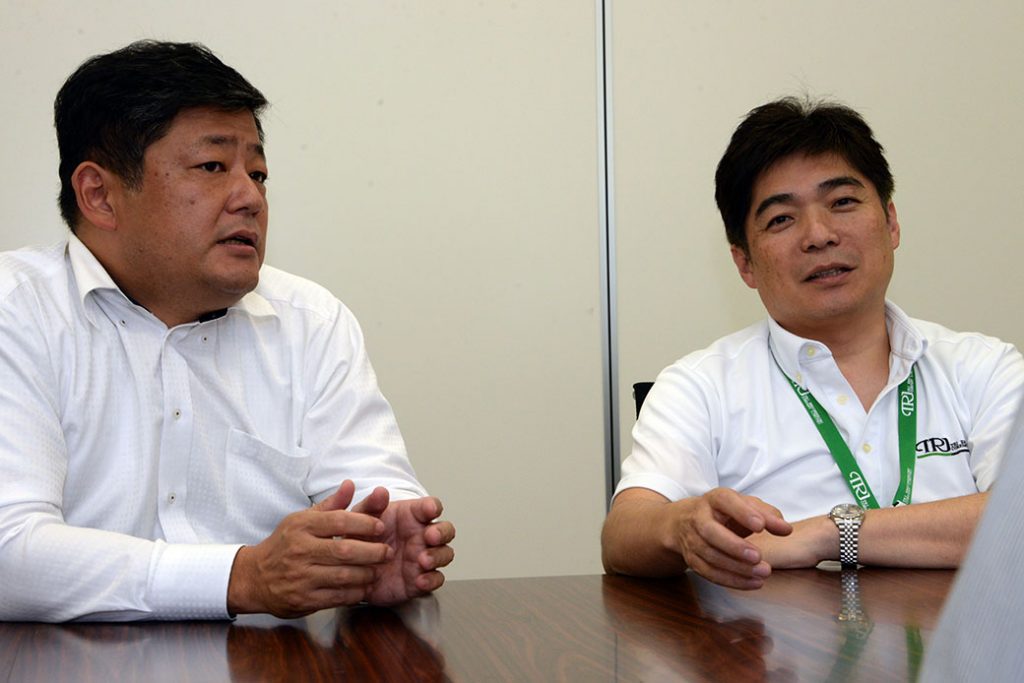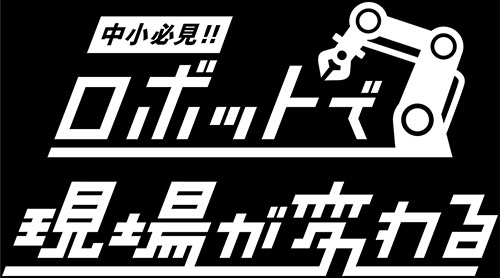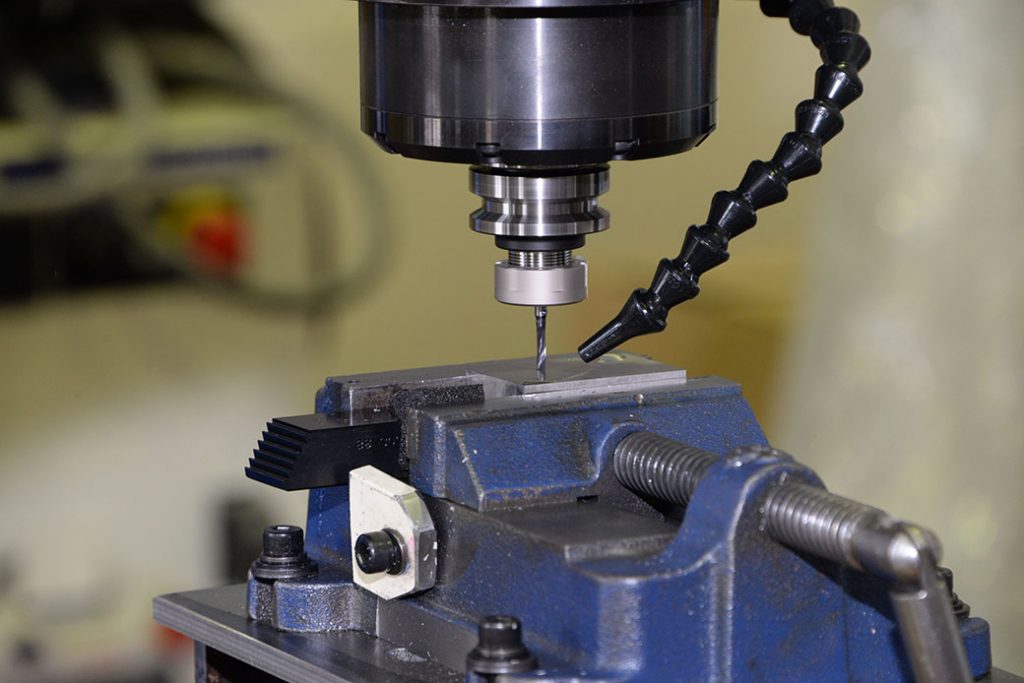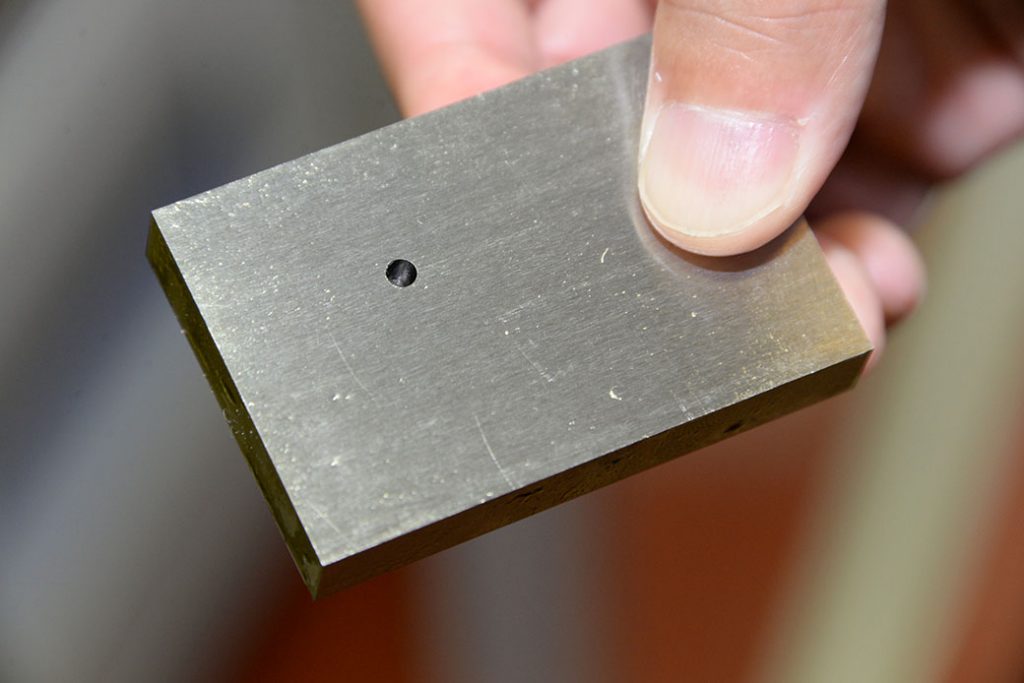
- News
- Basics
- Products
- JP Job shop
- Exhibition
- Interview
- Statistic
- PR
- Download
- Special contents
Exhibition
October 17, 2019


The solution for labor shortage
MECHATRONICS TECHNOLOGY JAPAN (MECT) 2019, the largest machine tool trade show in Japan this year, will be held from October 23 to 26, 2019. MECT2019 will set up a “Concept Zone” based on the theme of the robot planned by the organizer.
The concept zone is a display, which is spotlighting on hot industries and machining technologies. The theme of 2015 was magnesium and the theme of 2017 was space.
The theme of this time is robot. Both large sized companies and SME are interested in introducing the industrial robot in order to make up for the labor shortage and improve productivity. The four machining demonstrations will be presented at Concept Zone.
How to use robots for SMEs
Concept Zone is divided into four zones A to D. Concept Zone prepares following four themes: possibility by cutting with a robot for A zone, how to use a light and small robot for B zone, and robot that takes over physical work for C zone. You can assemble small parts dexterously with robots for D zone.
Robots have been widely used by improving performance. The industrial robot conventionally used for attaches and detaches of the workpieces, but it currently can hold the cutting tool and cut the workpiece by itself. You can see this kind of display collaborated by TRI ENGINEERING, Iwata Tool, and YASKAWA Electric in A zone. TRI ENGINEERING has been improving its original cutting systems for MECT2019.
A zone: machining area is around the robots
TRI ENGINEERING is a system integrator which works on building robot systems. The industrial robots are lined up and systems for various industries are built at its factory.
The cutting system to be shown at MECT2019 has been tested in one corner of the factory. The advantage of cutting by robots is that they are less limited in workpiece size than machine tools. In the case of a robot, there is no need to put the workpiece into the machine like machine tool. Therefore, machining by a robot is suitable for large, long, and non-standard workpieces. In addition, it is unnecessary to move the table with a pallet changer since the machining area is all around the robot. “The robot can also perform 5-axis machining. The cost can be reduced by a third to a quarter compared to the large processing machine or a special purpose machine,” Takeharu Oka, director said.
Robot makes a hole in hardened steel

TRI ENGINEERING will prepare three materials of aluminum, carbon fiber reinforced plastic (CFRP) and hardened steel (HRC60) at MECT2019. The robot will automatically change the spindle and do chamfering, drilling and tapping. It succeeded in drilling 9-10mm with a 3mm diameter drill in the test phase for hardened steel. TRI ENGINEERING is also challenging further deep holes. We are looking forward to how deep it can drill at the MECT2019. U-shaped table is prepared and three types of workpieces are installed on the top, bottom, and side in order to show the degree of freedom of the spindle. Robots work in various positions. The table is also placed in two places, and robot in the center of the space changes its position to machine.

……The second part of this article will be uploaded on October 18.
Source: SEISANZAI MARKETING Magazine September 2019 issue